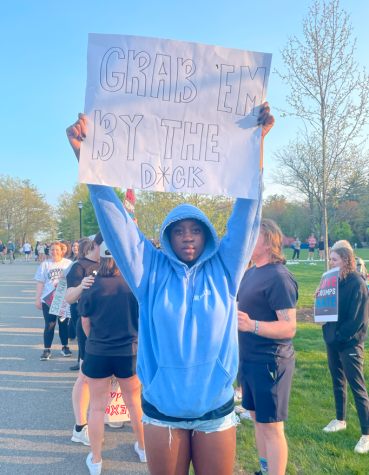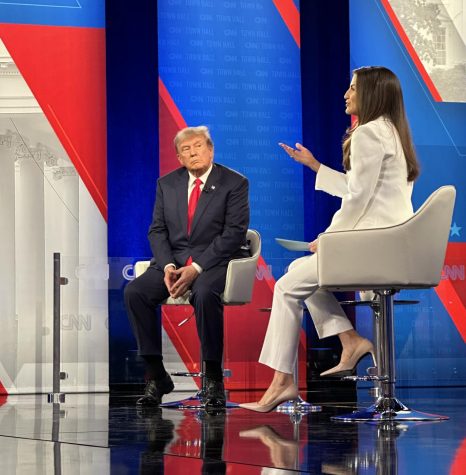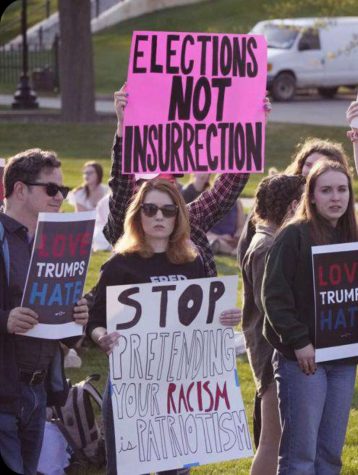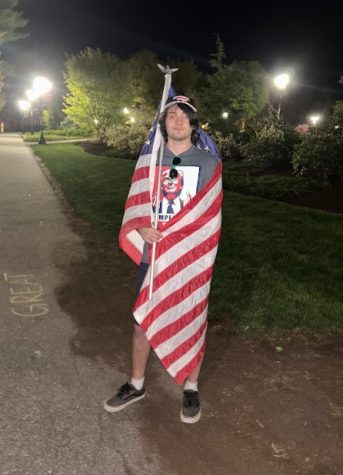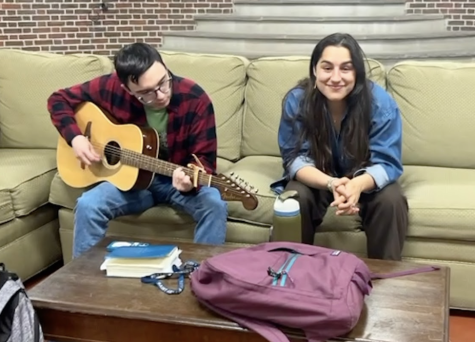Latin-Americans endure harmful stereotypes in film and television
October 20, 2022
This past month, the Latin-American community celebrated Hispanic Heritage month. We celebrated our diverse cultural heritage; however, our community did not forget the many struggles that we face. One of which is the lack of representation in the film and television industry.
For decades, the Latin-American community has faced disproportionate representation in film and television. According to a 2021 LA Times article, the Latine community made up 11% of the US population in 1999, but less than 2% of film and television characters were Latine. Today, 18% of the population is Latine, yet it makes up only 5.3% of film and television characters. Two decades have gone by, but minimal progress has been made.
The little representation that the Latin-American community does receive isn’t always friendly. A common stereotype that the Latine community faces is that we are dirty criminals and are more prone to violence. Of course, there are many reasons for these myths, which I won’t go into at this moment; however, Hollywood has only encouraged these untrue stereotypes. In 2021, NPR reported that one-third of Hispanic and Latino actors played a criminal in 2019’s biggest films. If this is how our community is depicted to the public, then it’s no wonder why the public believes these stereotypes. A message which is constantly enforced to the mass public will be believed by the public, even if it’s not true.
So, the Latin-American community is disproportionately and inaccurately represented in film and television – why does this matter? It matters because the Latine community deserves to be able to accurately see themselves in the media. I recently had a conversation with someone who is Latina, and she told me how much she loves Disney’s 2021 film Encanto. I asked her, “You’re twenty-two – why are you so in love with this children’s movie?” She said that it was the first time that a Disney princess actually looked like her. This took me aback for a second. I realized that she was right. Growing up, there were very few characters that we could actually relate to. We should be able to see someone that looks like us navigate a conflict and save the day like other racial/ethnic groups can. When we can see someone that looks like us succeed, then it gives us the encouragement that we can succeed as well.
While Hollywood is improving Latine representation, they have to acknowledge the challenges that they may face while accurately depicting such a diverse community. The Latin-American community is not a monolith, and our diversity needs to be accurately shown. As a Peruvian-American, my culture will differ from a Mexican-American or a Cuban-American. Latin America has a lot in common, but it’s our cultural differences that makes our community so unique. The public deserves to see how people can be different but still come together as one. Even beyond culture, Hollywood needs to accurately represent the spectrum of skin tone in the Latine community and its impact on us. As a white-Latino, my story is different from others. I’m not totally Latino, but I’m also not totally white. This results in a potent question: where do I belong? It’s a four word question that has haunted me for most of my life. Others in the community face a similar dilemma, whether they be an Afro-Latine or a white-Latine like me. Our skin tones are part of our story, and this needs to be accurately told.
As we look back on last month’s celebrations, I encourage everyone to reflect on the importance of Latin-American representation in the media. Latin-Americans deserve to have their stories and experiences accurately depicted. We watch movies and shows to be entertained, but we can gain so much more from them. We can learn about different cultures, relate to others, and be inspired. Instead of a twenty-two year old finally seeing themselves on the big screen, let’s allow the two-year-old to grow up knowing that their story matters.




